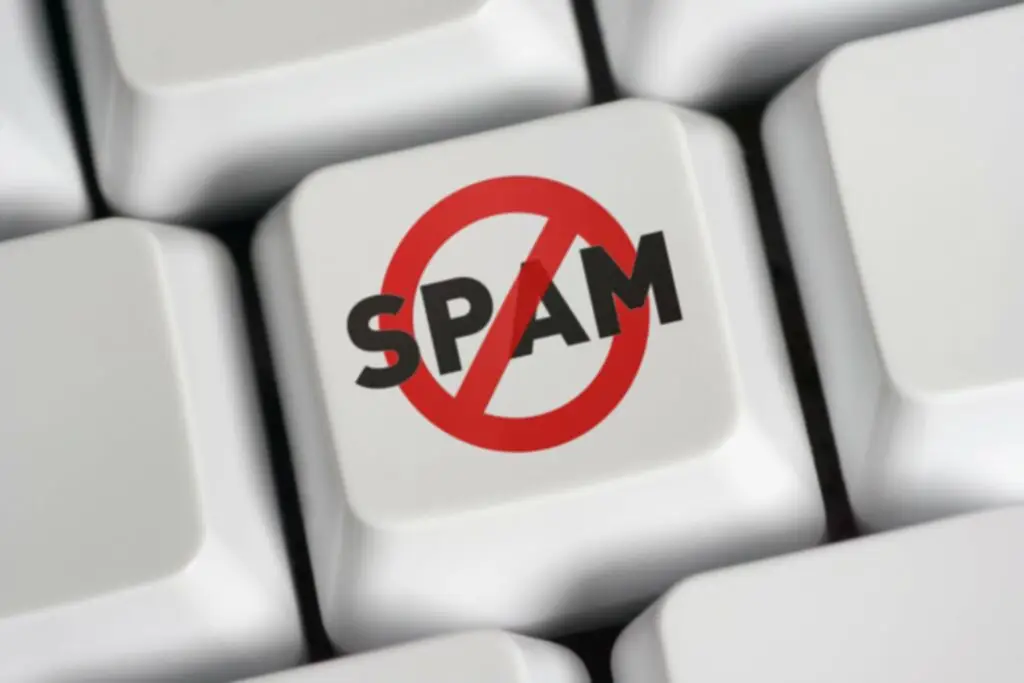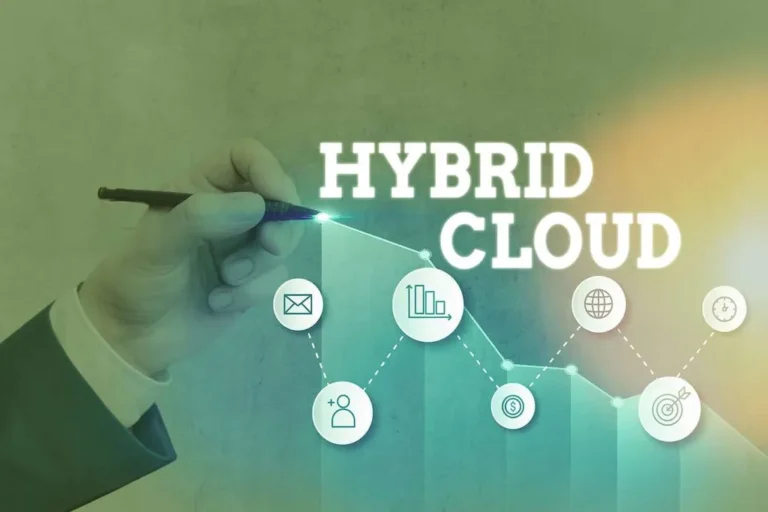How To Choose A Model For Your Software Product Development Life Cycle
Содержание
Some product life cycle models include product development as a stage, though at this point, the product has not yet been brought introduced to customers. If you are sure that the idea has significant commercial potential, it’s time to hire a development team that can execute the concept. At this point, the software development team should actively cooperate with a marketing department – the functionality should derive from tangible business and financial goals. Have a meeting where the marketing team describes the commercial objectives for the product. The product life-cycle is a tool used to determine the strategies that will be used at any stage in a product’s development for sales and marketing purposes.
It had been in development for nearly 300 years as inventors tried to perfect a design. The company uses subscription pricing as well as pricing based on the number of blades in each razor. This may be the case if you have a product that has hit the limit of its ability and is just no longer marketable. For example, VHS tapes hit this point when DVDs came out, and DVDs are reaching this stage as more people choose streaming entertainment.
Generally, leading on product strategy means pulling in expertise from a range of teams—like design, engineering, finance, and marketing—to create, develop, and market the product. And this means working in tandem with the project management team, who ensure clear planning and organization, workflows, and delivery. Basically, the product life cycle is the time from the product concept through its eventual withdrawal from the market. The product life cycle is used for decision-making and strategy development throughout each stage.
Large changes are marked by new product names (e.g. Lenovo YOGA laptops) while spec upgrades are labelled ‘generations’. The more generations of a product, the cheaper older generations become as they are seen as ‘value’ options. There are several strategies you can use to attempt to extend the life cycle of your product and stave off decline without radically changing your product. In our free, illustrated guide to 15 classic planning models diagrams we explain what they are and give examples of why and how to apply them in business. Use Hotjar to empathize with your users, understand how they experience your product, and deliver greater value.
Exploratory tests, where the team needs to evaluate the complete functionality to see the bigger picture and determine which features are essential. The same thing is right for interface testing – algorithms can’t adapt to specifics of human eyes, color and depth perception, etc. SCAMPER – an idea generation method, where you need to Substitute, Combine, Adapt, Modify, Eliminate, and Reverse existing solutions.

Quality assurance should always go in line with the implementation phase. All testing processes should be launched a short while after the start of development, so that the errors could be eliminated at earlier stages and won’t drag on in code. In the case of large-scope projects or features, this is paramount. Moreover, product marketing managers need to stay up to date with the latest sector innovations in order to evolve their product’s lifecycle and avoid decline. Reviewing the product of portfolio enables marketers to plan for new products, reinvent existing products or discontinue products that are in serious decline. All stages of the product management lifecycle are critical, as they all require strategic placement of resources with the potential for successful or unsuccessful outcomes.
Many models – Spiral, V-model, and Waterfall – suggest very detailed documentation and scarce communication, while Iterative and RUP models try to balance documentation and communication out. In the models of the Agile group – Scrum, EX, Kanban – direct and frequent communication is a cornerstone. If products are not used—and it doesn’t matter how good they are—they will be consigned to the trash can of history.
Additional Factors That Influence Product Development
Broadly speaking, almost every product sold undergoes the product life cycle. This cycle of market introduction, growth, maturity, and decline may vary from product to product or industry to industry. However, this cycle informs a company of how to best utilize its resources, what the future outlook of their product is, and how to strategically plan for bringing new products to market.
We don’t like talking about inspiration because they often imply sitting and waiting for the insight, but often that’s not the case. You need time to validate the concept of your business while you observe the target audience, remark on existing projects, and research the market. The purpose of the product development process is to create a new sustainable product that can survive multiple market changes and bring tangible value to end clients.
Connect your UX insights with quantitative data to empathize with your audience, spot bugs, or uncover missed opportunities—like a feature users want or one they find redundant. Working together harnesses every team’s expertise, and if all these teams agree a concept has value potential, and there’s no clear reason not to proceed, you can look to see what users make of it. This definition is more customer-centric and focuses on empathizing with the customer, which means doing user and product research to find out what people like and need from a product.
How To Determine What Stage Your Products Are In
By being informed of which stage its product are in, a company can change how it spends resources, what products to push, how to allocate staff time, and what innovations they want to research next. For example, a company may decide to reallocate market staff time to products entering the introduction or growth stages. Alternative, it may need to invest more cost of labor in engineers or customer service technicians as the product matures. During the growth phase, the product becomes more popular and recognizable. A company may still choose to invest heavily in advertising if the product faces heavy competition. However, marketing campaigns will likely be geared towards differentiating their product from others as opposed to introducing their goods to the market.
Before your product hits the marketplace, you will be refining your concept, testing your product, and creating a launch strategy. Concept testing with real potential users is an important part of this step. With concept testing, you’ll know your target market’s reaction to your concept and make changes according to their feedback—before you’ve even begun to create. Also, you should know that the product development process is just the beginning of a product’s lifecycle.
This stage implies design in a broad meaning and includes the choice of a programming language, hardware/software platforms, and your software product architecture. At this point, the vendor also provides you with the information on your future product’s limitations and discusses cloud hosting or hardware options . User experience and user interface design belong to this stage as well. Well, once you’re sure that the user experience and usability of your product work the way you want them to, you’ve got to get your designs adopted by users (i.e., they have to start using them).
The subsequent phases are introduction, growth, maturity, and decline stages. These phases describe the changes in the product’s demand and success – even the most popular solutions will face decline eventually. Your task is to build a sustainable product that can delay the decay for years, possibly decades. Phase-gate processes are great for making sure that the right thinking is done at the right time with the result that products are more successful. In software development, many companies have shifted to Agile development processes.

In the competitive medical device market place, ensuring that product development meets all regulatory requirements is essential. Understanding and consideration of the complicated clinical and regulatory requirements early in the product lifecycle could Top Trends in Product Development 2022 ensure your company gains a competitive by reducing time to market. Agile is great at managing the uncertainty and risks of software development. It isn’t great at keeping track of the long-term direction your product is headed during development.
Rigid Requirements Flexible Requirements
Customer feedback to find out the perception of your product and inform any changes or updates. Market sizing will help you see if there is still https://globalcloudteam.com/ a market for your particular product. Messaging & claims testing measures the effectiveness of your message and verifies your product claims.
- During growth, you’ll still be monitoring customer feedback, but you’ll also want to track your brand performance for awareness, competition, public perception, reputation, and more.
- It would be unreasonable to spend money on developing five prototypes.
- If the business manufacturers physical products, the team might want to build a physical prototype and give it to a focus group or small group of customers for their feedback.
- The price is often higher as distribution is limited and promotion is personalized.
- Typically, all content marketing and inbound marketing are based on promoting the product.
It has four distinct stages; market introduction, growth, maturity and saturation and decline. Each of these suggests different business actions that can improve the profitability of the product. Designers and marketers can optimize business value by basing their strategies on the particular stage that the product is in at any given time. Your pricing strategies will change throughout the product life cycle. Introductory pricing is about positioning yourself against the competition.
Product Life Cycle Examples
Ultimately, it was a bad day for Blockbuster, which was the largest video store in the US. Our Product Concept Analysis helps you get ideas validated by a trusted audience in less than an hour. Investopedia requires writers to use primary sources to support their work.
Sure, a company that provides software product development servicescan choose an SDLC model on their own. Another unfortunate side effect of the product life cycle is prospective planned obsolescence. When a product enters the maturity stage, a company may be tempted to begin planning its replacement. This may be the case even if the existing product still holds many benefits for customers and still has a long shelf life. For producers who tend to introduce new products every few years, this may lead to product waste and inefficient use of product development resources. A product begins with an idea, and within the confines of modern business, it isn’t likely to go further until it undergoes research and development (R&D) and is found to be feasible and potentially profitable.
Market Research To Support Market Introduction
Here is how we define what we view as the seven stages of the product development cycle. You can use these steps as a guide to creating your own product development strategy. After you, as a product owner, approve every decision made at the design phase, your vendor proceeds to give your requirements a tangible form. Depending on the SDLC model of your choice, this stage can deliver you either the full product or only some part of it.
What Is A Product Life Cycle?
Typewriters were, for the most part, discontinued in favor of computers, tablets, and smartphones. Most typewriters available today are novelty items and vintage collectibles. Christopher Latham Sholes of Milwaukee, WI, patented the first typewriter in 1868.
Limitations Of The Product Life Cycle
The strategic context provided by the conceive and plan phases keep projects on track as the focus is on a longer time horizon. By letting your software product development vendor take the lead and choose an SDLC model on their own, you risk losing control of the development project as a whole. Consider the requirements, delivery, and communication strategies we’ve described above before defining the model that is convenient for you. This way, you’ll avoid possible collaboration challenges and will always maintain hold of your project. You can read more about each stage of the Product Life Cycle in our free essential marketing models guide.
Competitive intelligence to stay on top of the pricing, marketing, and product improvements your competitors are implementing. Concept testing lets you put your product idea in front of real potential customers to find out if your product is viable. Use market research tools to analyze growth rate, sales trends, competition, and pricing to pinpoint your current stage. While all products go through the life cycle, some have already gone the entire cycle and fallen by the wayside. Here are a few examples of products that are either currently in their product life cycle or have been discontinued.
Products will require different efforts from design, development, marketing, purchasing, etc. during each phase of their life cycle. In order to meet these challenges, the business must have different strategies for approaching development, design and marketing for any given stage. When managing differentiation strategy, DRIP is another marketing model featured in our essential marketing models guide. DRIP is an acronym for differentiate, reinforce, inform and persuade. Use Heatmaps to follow user behavior post-launch to find out what’s getting attention and what’s getting ignored with an aggregated picture of where your users are clicking and scrolling. An early understanding of how a resource works for your audience saves on costs and helps you deliver a product that users want.
Keep an eye on your brand, competitors, and trends to help you decide where to take your product next. Maybe your brand needs a refresh, introduction into a new market, or an extension of your product line. Package design testing provides feedback on your overall package design for optimal customer appeal. Competitive intelligence shows you who your competitors are and how they are marketing their products. That understanding of what’s coming can set you up to make adjustments to extend the value of your product or delay it from moving into maturity or decline. They have been introduced to the market with a focus on innovation and eco-friendliness as their marketing messages.



